Gartner Highlights Key Elements of an Effective IT Governance Process
15/06/2011
“Good governance is about control while great governance is about guidance and competitive advantage,” said Tina Nunno, vice president distinguished analyst at Gartner. “One of the most important functions of governance is to provide controls that prevent chaotic or reckless behaviour on the part of the organisation and its people. Organisations with good IT governance enjoy benefits such as increased business value of IT-related assets. Strongly governed organisations receive 20 per cent higher return on assets.”
However, controls alone do not guarantee competitive advantage, particularly if they stifle the ability to innovate. Leading CIOs incorporate innovation and competitive advantage into their governance systems. “CIOs with great governance create competitive advantage by embracing emerging technologies, innovation and, most important, the concept of calculated risk,” said Ms Nunno.
Ms Nunno added: “As governance becomes more mature, it becomes less bureaucratic.” Leading organisations that do governance well, have fewer governance mechanisms and lighter processes because they have learned to work together well and have a shared understanding of the business priorities. Less mature organisations need more controls to create focus and deliver business results.
Gartner analysts said that to deliver successful governance CIOs need to manage two dimensions of governance. First, governance is a decision-making framework that reflects the organisation’s goals and priorities, and how the organisation intends to achieve them. Second, governance processes, covers the structures and methods the organisation uses to execute and institutionalise the governance framework. In essence, the framework is what the organization has decided, while the process is how the organisation will institutionalise those decisions.
“If an effective governance framework is implemented effectively it reduces conflict between stakeholders, finance can easily track organisation spending against framework priority categories, business performance significantly improves and the organisation reacts better to competitive threats,” said Ms Nunno.
Among the critical standing governance success factors is ensuring that participants occupy optimal roles. The governance role most appropriate for individuals derives from their position in the organisation and specific skill set. This approach helps CIOs match stakeholders to their optimal organisation roles. “Governance is a team sport. Just as an athletic team cannot function unless players master their positions, governance falters when individuals do not fit their roles,” said Ms Nunno.
CIOs also need to bear in mind that the ability to fill a recommended role varies with an individual’s skills, interests and the enterprise environment, with some people performing adequately and others doing much better. If current roles do not match the tool’s recommendations but governance still delivers expected benefits, CIOs should not make any adjustments – because outcomes always come first.
In addition, integrated communication is important to governance decision input and decision execution. However, failing to communicate is a common governance pitfall. Governance bodies struggle with decision making when they lack appropriate information. Stakeholders, in turn, struggle to comply with poorly communicated decisions. To facilitate and communicate decisions more effectively, governance communications should use the same business outcome metrics, prioritisation scoring systems and milestone metrics throughout a project’s life cycle. CIOs also need to inventory their communication tools when they notice lack of compliance with governance decisions or excessive revisiting of established decisions.
“The highest levels of governance maturity produce the most value,” said Ms Nunno. “While most organisations limit governance to gaining control and eliminating bad risks, the highest-performing organisations also use it to take good risks and gain competitive advantage.”
About Gartner PPM & IT Governance Summit 2011
IT organisations are caught in an up-and-down economic recovery, while their businesses continue under tight funding constraints. To succeed in such a volatile and challenging environment, programme portfolio management, programme management office and IT governance leaders need to apply more than ‘short term rescue’ solutions. IT leaders need to become real ‘change agents’ to help foster enduring organisational transformation, and streamline practices around organisational and customer value. At the Summit, Gartner analysts will help delegates prioritise their IT initiatives while balancing the use of resources, and examine how to manage, fund and govern portfolio of IT investments and projects.
More information about the Summit is available at europe.gartner.com/ppm.
Gartner


